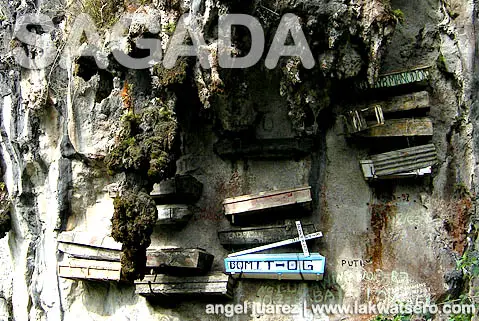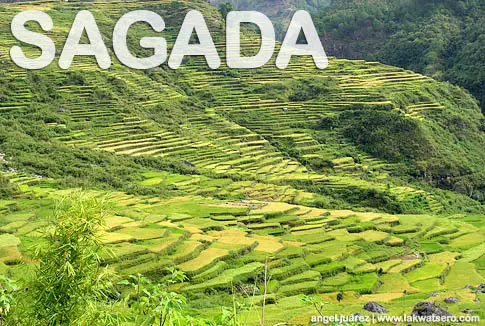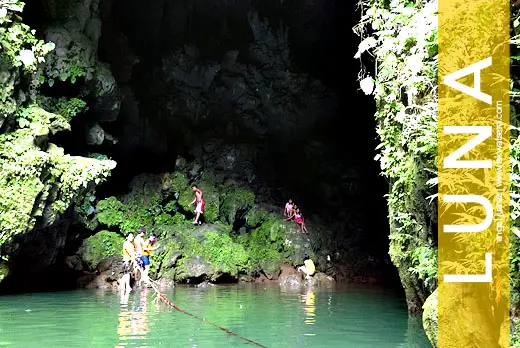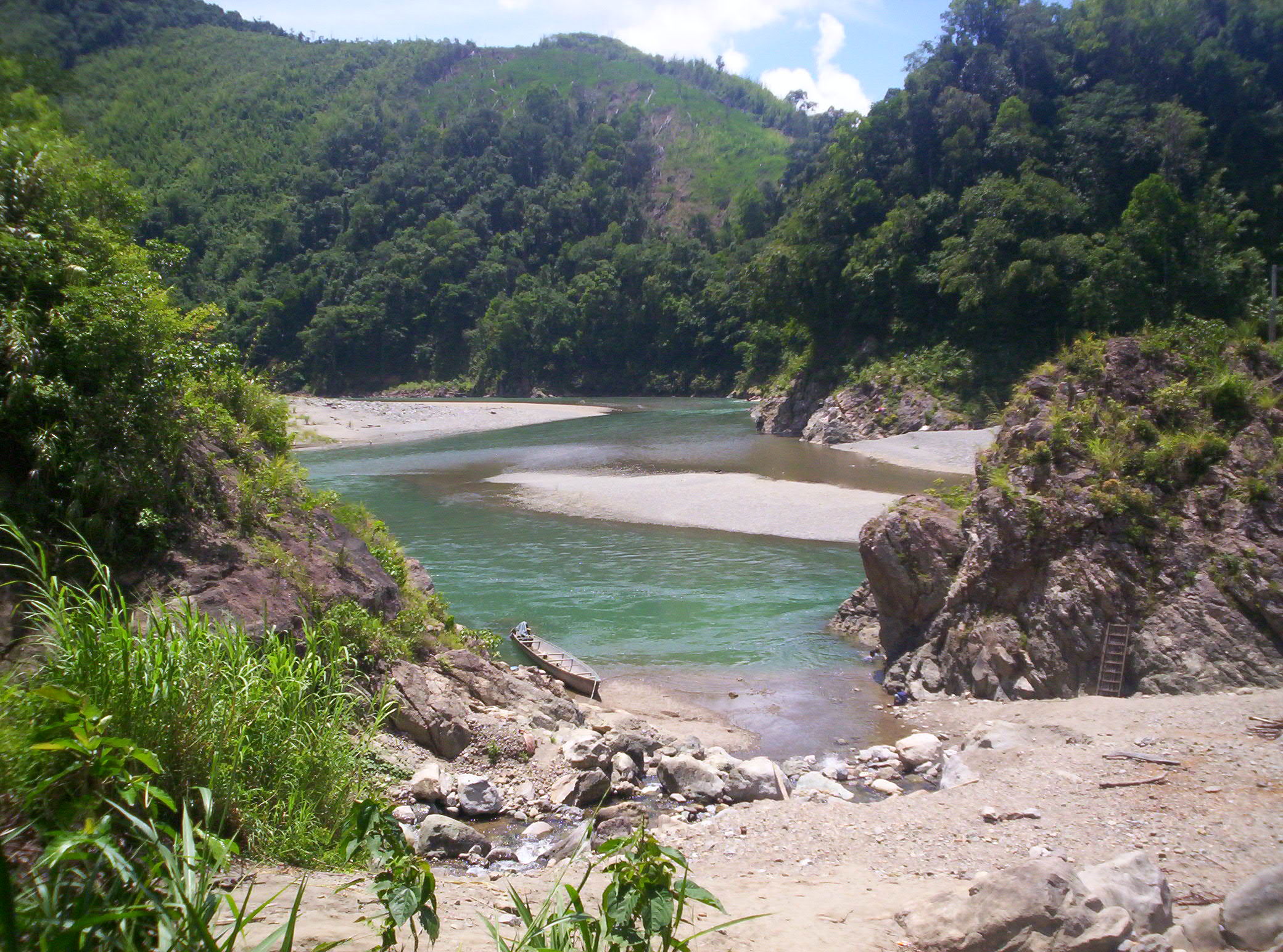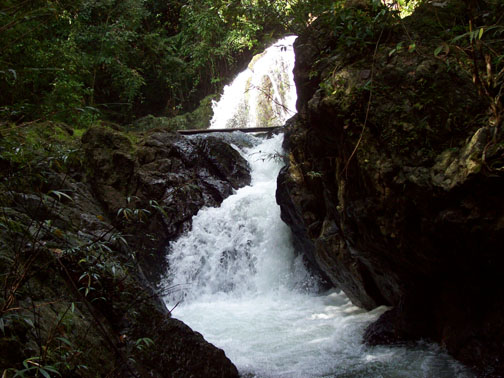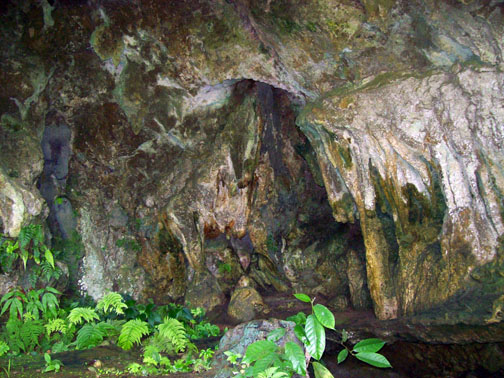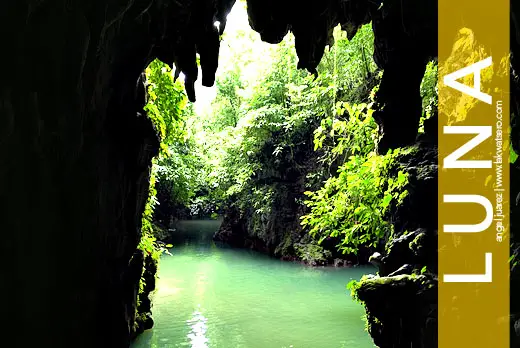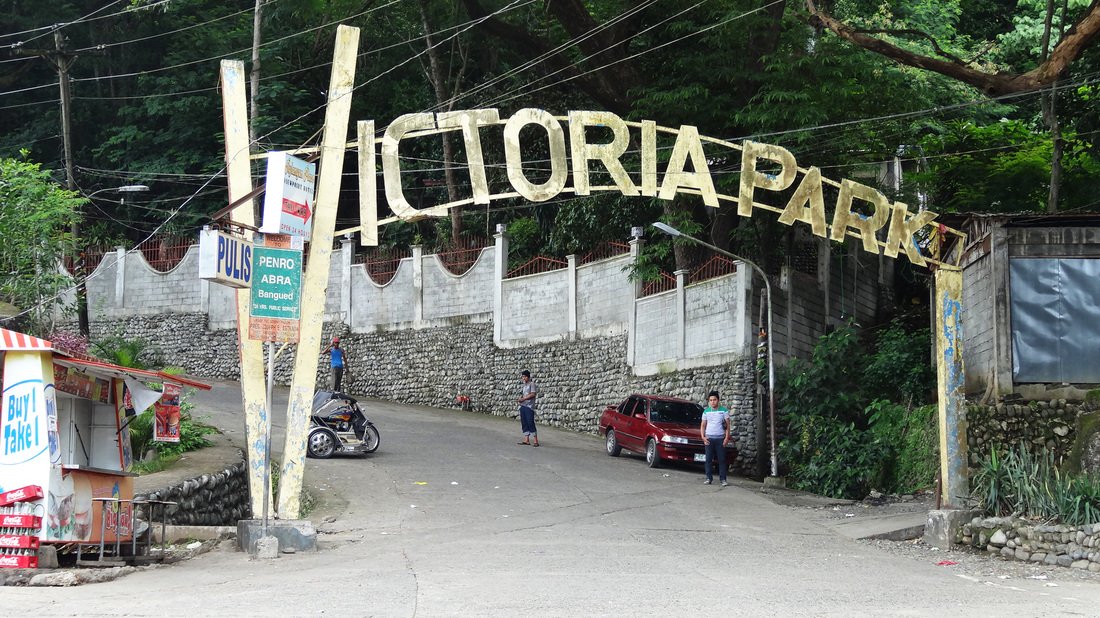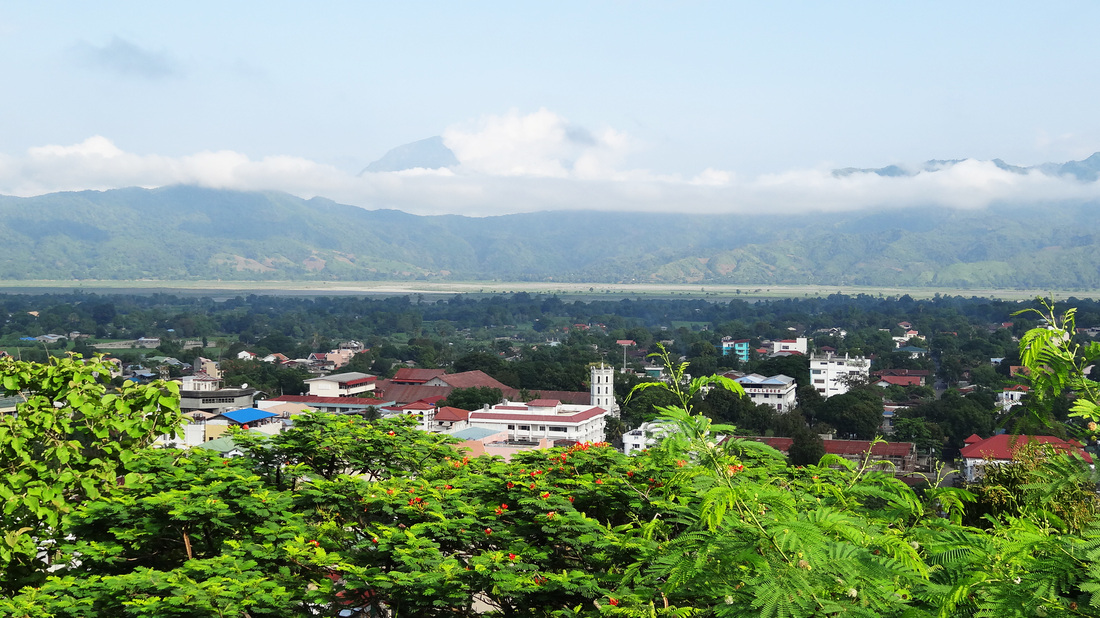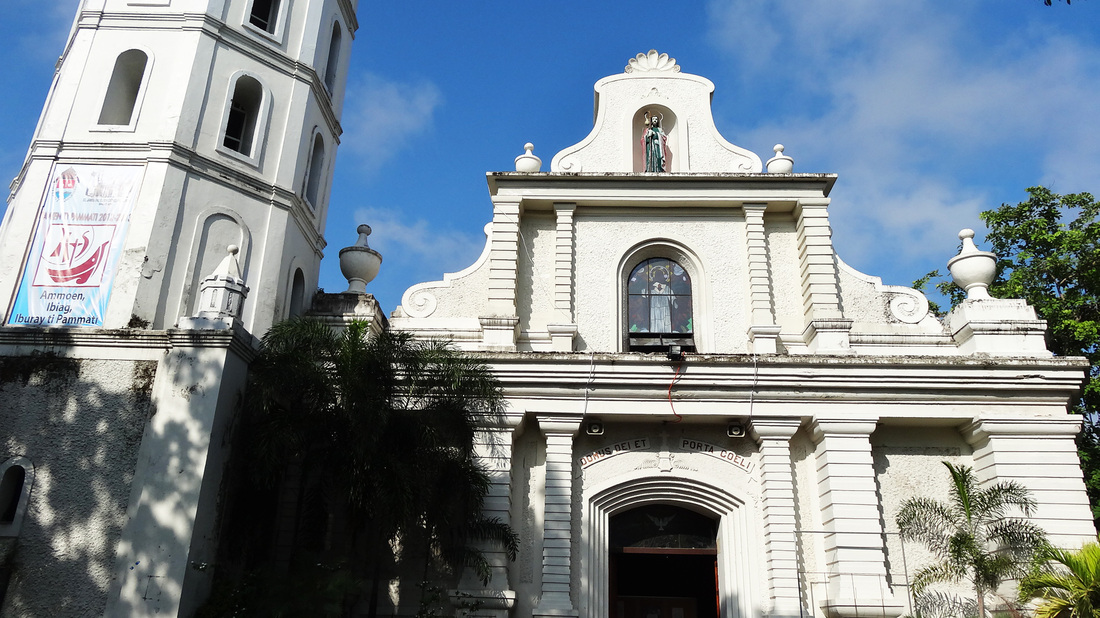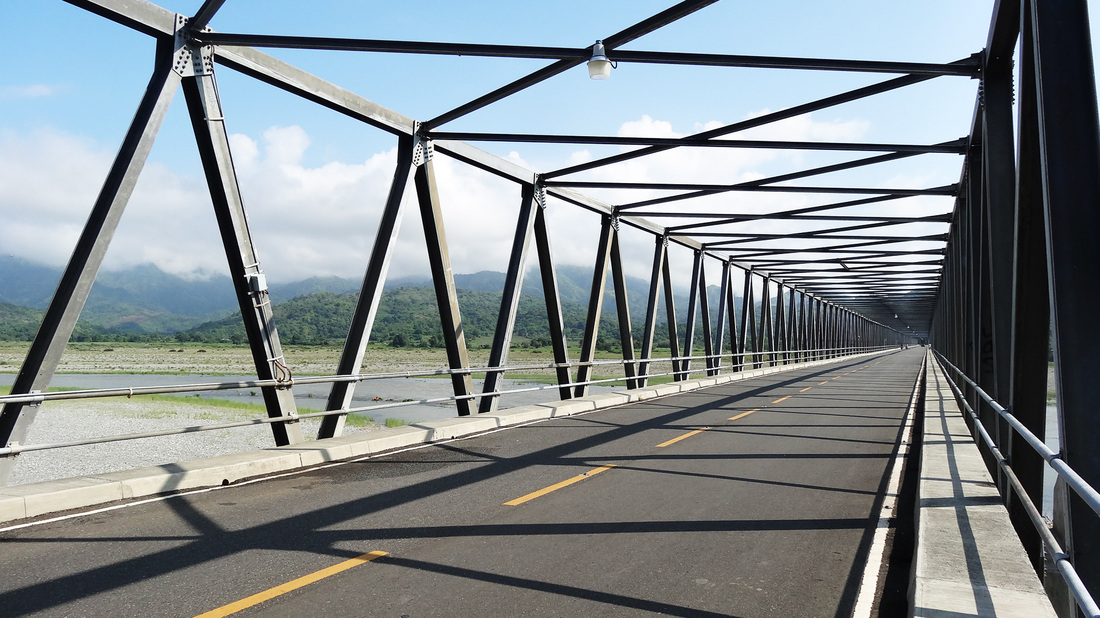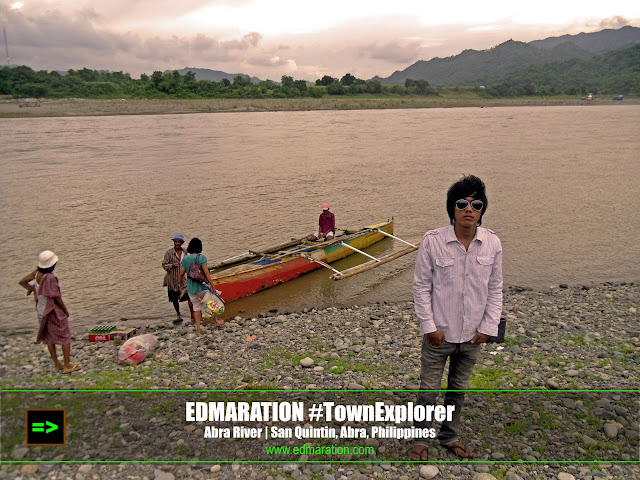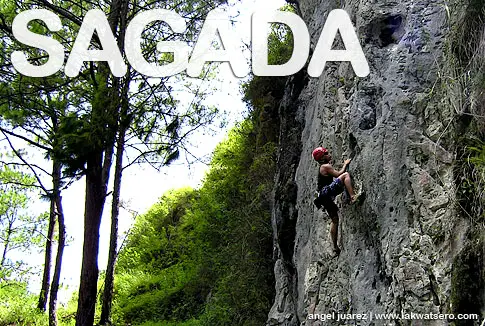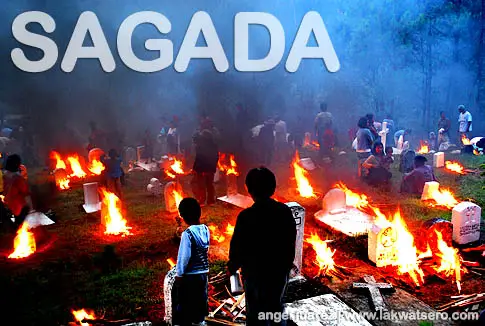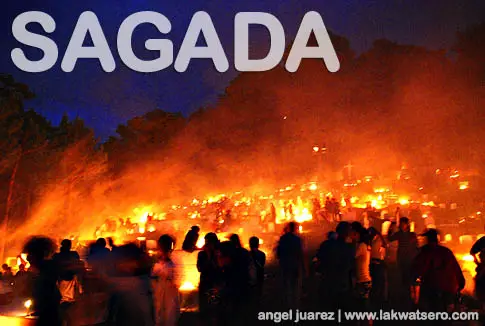Facts that only a few people know are definitely more interesting than those usual facts and trivias that are easily found on the internet. On that not, here are some interesting facts on the provinces of Apayao, Abra, and Mountain Province that many people don't know about.
1. The Symbolic Meaning behind Bontoc Tapis
 |
| Bontoc Tapis. Image Source: Neil |
The study aimed to describe the Bontoc ‘tapis’ or ‘lufid’ in terms of its physical appearance, how it is made and how it is used; to describe the different types of ‘lufid’; to identify the figures in its design and to determine the meanings of these figures. Ten elderly women who have been weaving ‘lufid’ for years served as the key informants in the study. Aside from interviews, photos were also taken of different types of ‘lufid’.
The study revealed that no one knows the origin of the ‘lufid’ except for a legend about its existence. The ‘lufid’ evolved from pieces of banana leaves/ bark used in the ancient times as protective covering. The device used to weave ‘lufid’ is the backstrap loom or the “pinagud”. Another machine used is the ‘tellar’ which was introduced by the Ilocanos. There are six types of ‘lufid’ in Bontoc: “Kulibang-bang”, “Kinain”, “Kinawaan”, “Kinuwafaw”, “Kinayaan”, and the ‘lufid’ for the dead. Their names came from the designs woven in them. Design figures of the ‘lufid’ include star, butterfly, flowers, human, snake, lizard, eye, warriors, spear, and shield. The most commonly used symbols are the human and eye-like figures. The ‘kinuwafaw’ has the most number of figures so it requires a longer period of weaving time.
These figures stand for light, beauty, courage, protection, guidance, long life,and regeneration. - Nguslab, Cristina B.
2. A Mini-Hydro Lights up 50 houses in a Barangay in Luna, Apayao
 |
| Mini-Hydro. Image Source: DAR Apayao |
“My kids were so happy. They enthusiastically review their homeworks during the night. It was a new experience for them”. Rolly Uddipa, the barangay captain of Barangay Marag Proper here said to Deogracias F. Almora, the provincial agrarian reform officer.
He was talking about the mini-hydro that lights their community up in the mountains of Luna. He said the project was useful for them. It was been a long awaited dream for them, to see light at dark nights.
The area was surrounded with rivers and it serves as their commune to each other. Their festivals were celebrated here. Praises and songs were offered to their gods along the riverbanks. A sumptuous meal fresh catch from the river was the highlights of their celebration. The river also sustains food in their table and source of income when there was a bounty catch.
It is in this endeavour, the barangay council had seen the opportunity for the children to review their lessons with a decent light. Gathering their resources and strength, they managed to redirect the big water of Manakota river and made a makeshift to house a mini-hydro loaned by the barangay from the provincial government. Through the abundant water of the river, it powered up the 100 watts mini-hydro sending 10 watts of lights to 50 households in the area and giving smile to every children, for they can now recognize the color red at night with their new light provider. - DAR Apayao
3. "Traditional Death Rituals Live on in Abra
Anita Bag-ayan in her Mourning Clothes. Image Source: Vera Files
A PARTIALLY covered burnay (earthen jar) placed in a corner of the veranda catches the eye while the smell of a decaying chick inside a red plastic hanging at the doorway greets visitors at the wake of Concepcion Bag-ayan-Balansi in Barangay Damayco in Peñarrubia, Abra.
Under the 73-year-old Tingguian’s white coffin is a rooster tied to a bamboo trellis and placed beside a pika (spear) and another burnay containing basi (sugarcane wine). On top of her coffin are two layers of pinapa (loom woven Tingguian cloth) and a rolled white and red kundiman cloth called puldos.
Concepcion’s sister, Anita Bag-ayan, 64, who wrapped wasig (white mourning cloth) around her waist and covered her head with a white hand towel says that in their culture males wear the wasig as belt to signify mourning.
She said if the deceased is male, a hen is placed under his coffin and a rooster if the deceased is female as in the case of her sister.
“The decaying chick in the doorway used to be alive,” she said. “Its feet and intestine were skewered with a bamboo and it cheeped until it died then we placed it inside a plastic bag because it started to rot.”
Explaining the chick’s significance, she said that without it, other Tingguian relatives from other towns and provinces would not come to pay their last respects to the dead.
The ritual done at the wake of Concepcion is called the panagbaniit,according to Abra Provincial Planning and Development Officer Philip Tingonong.
The town, which is one of the valley Tingguian towns, is only some seven kilometers away from the capital Bangued.
“Baniit is an offering made to the spirits of the ancestors and at the same time a way of announcing that someone has died,” he said.
Tingonong, a resident of Peñarrubia, has spent 30 years of his life studying the Tingguian culture and other Cordillera indigenous practices.
He said the offerings are made because of the belief in afterlife. The offerings are made to ancestors, so that they will take care of the dead as he or she joins them, he said.
Part of the ritual is also the sangsangit, a solemn chant known as dirge in English, Tingonong said. The dirge is done while passing along basi from the burnays.
Tingguian is the collective name of the indigenous peoples of Abra. The book Practices and Traditions of the Tingguians of Abra, published by the Abrenian Institute and Research Center of the Divince Word College of Bangued in 2003, identifies the Tingguian groups as Adasen, Aplai, Banao, Binongan, Gubang, Illaud, Kalinga or Balatoc, Mabaca, Maeng, Masadiit and Mayadan.
Tingguians comprised about a third of Abra’s population of 230,953 as of 2007.
Abra, 400 kilometers north of Manila, is surrounded by Ilocos Norte and Apayao in the north, Kalinga in the east, Mountain Province in the south and Ilocos Sur that stretches from west to south. It used to be a part of Region I, or the Ilocos Region, but was included in the Cordillera Administrative Region in 1987.
In Peñarrubia, Tingonong said Tingguians are specifically Illaud (old people use the term Inlaod)–settlers of the province when the Spaniards came in 1565. Other Tingguian groups are immigrants from other provinces such as Kalinga and Mountain Province, he added.
Compared to the olden days however, wakes and burials now are simpler, Anita said in retrospect. In her father’s time, a pig was butchered everyday to feed visitors, she said.
Tingonong said grand wakes that meant butchering not only a pig but a cow or carabao per day still take place depending on the status and wealth of the dead’s family.
In Bucloc, home to the Masadiit indigenous group, death rituals are also still being practiced.
According to a compilation made by Santos Bernardez, project development officer II of the Provincial Planning and Development Office, women give a dead person a “ceremonial bath,” using the juice of burned ashes of rice straw right after he or she dies to clean the soul before entering singit (purgatory).
The compilation, as told by Bucloc Municipal Planning and Development Coordinator Severo Wacnang Jr., says that after a person dies, a man will shout three times announcing the death, or what is called bokaang. These days, however, the availability of modern technology no longer makes this necessary as announcements are usually made over the radio station.
While the sangachil was mentioned in the compilation, Wacnang said this is no longer being practiced. The word which means bamboo chair is where the dead, who was not embalmed, was made to sit (please see accompanying photo entitled Masadiit practice). The sangachil has been replaced by a coffin.
Masadiits also believe in garbing the dead with gold earnings and costly beads because “the valuable articles are to be used by the souls of the deal elders to redeem or buy back the kachodwa (soul) of the recently dead from the maingol (warrior) who took his/her life,” the compilation says.
The Tingguian traditions are very much alive albeit now influenced by the Christian faith.
Tingonong said bible services and praying of rosaries are now also held during the wake and the dead is blessed in the church before interment. - Paredes, Artha Kira (2010)

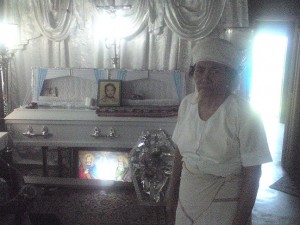

![[bangued+bamboo+festival.jpg]](https://blogger.googleusercontent.com/img/b/R29vZ2xl/AVvXsEi7sTm_bSZwLaew0KG2DdTxXoEwqiLTdEr15eRDVdZQlFRPDz6Jz2n3D2tNOSAQepHQ-I28nRfo5n-PISjHzHkIDG7FuZ4eg3Vnu1R0r_Qp-UPmwtEi0fUot3XwR6lI__i6xDk0kY5osrM/s640/bangued+bamboo+festival.jpg)













